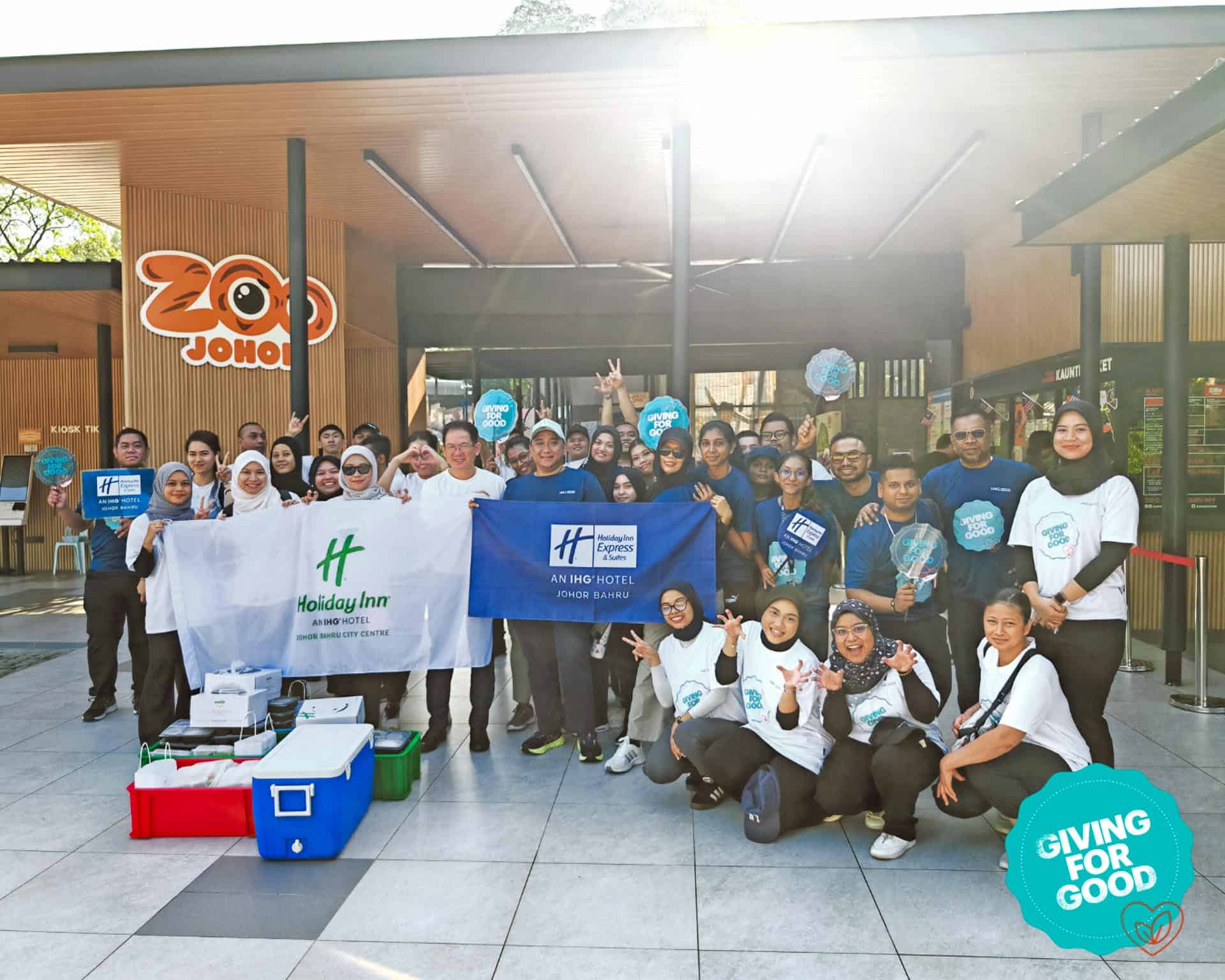
The number of girls subjected to child marriage by 2035 is expected to grow by an additional 10 million[1] as the impacts of COVID-19 lockdowns and the current economic and hunger crises are felt.[2]
A girl that lives in a country with the lowest education opportunities is 60% more likely to be a child bride.
A country with the lowest opportunity levels will have a child marriage rate five times higher than a country with the highest opportunity levels.[3]
6th October 2022 – Ahead of International Day of the Girl, a report released today by international aid agency, World Vision, calls for urgent action for the sake of the 110 million girls who will be forced into child marriage by 2035.
The report, ‘Fighting for a Future’, tracks girls’ opportunities in 40 low- and middle-income countries, including the 20 with the highest rates of child marriage. It predicts that 52% of girls in countries with the lowest opportunity levels will be forced into child marriage.
Dana Buzducea, World Vision’s Partnership Leader for Advocacy and External Engagement said: “Every year, approximately 12 million girls are married before they reach the age of 18, and placed at high risk of sexual abuse, domestic violence, depression, and arrested education. This study compares 40 countries and shows the strong correlation between the opportunities (economic, educational, political) and the agency a girl has in her community and society and her risk of becoming a child-bride.”
“World Vision believes the world has both the knowledge and the resources to break this vicious circle, ensuring that every girl, no matter where she is born is protected from the violence that is child marriage, is able to make choices, build the life she wants, and achieve her full potential. What we need is the political will to use them.”
The report reveals stark disparities, even between neighbouring countries. A girl born in Namibia[4], with a child marriage rate of 7%, will have 1.3 times more opportunity than if she were born in neighbouring Mozambique, with a child marriage rate of 53%. A woman is eight times more likely to die as a result of pregnancy in a low opportunity country compared to a high-opportunity country.
“There is no reason for millions of girls to be forced into marriage every year, and we’ve seen a worsening situation since the COVID-19 pandemic – research now says an additional 10 million girls will be subjected to child marriage by 2035 as the impacts of pandemic lockdowns and the current economic and hunger crises are felt,” said Buzducea.
Fighting for a Future calls on governments and donors to address all facets of girls’ opportunities, including empowering girls, ensuring access to education, and prioritising inclusive economic development. The report found that education was the single biggest indicator of a girls’ opportunity and of her reduced risk of child marriage. A child that lives within a country with the lowest education opportunities is 60% more likely to be a child bride, compared to a child that lives in a country with the highest level of educational opportunities.
Andrew Morley, World Vision International President & CEO, said: “Child marriage robs girls of their God-given potential in an instant, forcing them into a life of heart-breaking abuse and violence. Our staff are on the frontline right across the world empowering and protecting children, teaching them their rights, and ensuring they stay in school. I have seen for myself how equipping children themselves to change community attitudes is so successful.”
“Yet much of this abuse continues in the shadows, and we need more support to tackle this injustice. We owe it to all girls everywhere to ensure they enjoy their childhoods free from abuse, are educated, and have equal opportunities to excel no matter where in the world they are born.”
ENDS
Report available to download here: https://www.wvi.org/publications/policy-report/it-takes-world/fighting-future-girls-opportunities